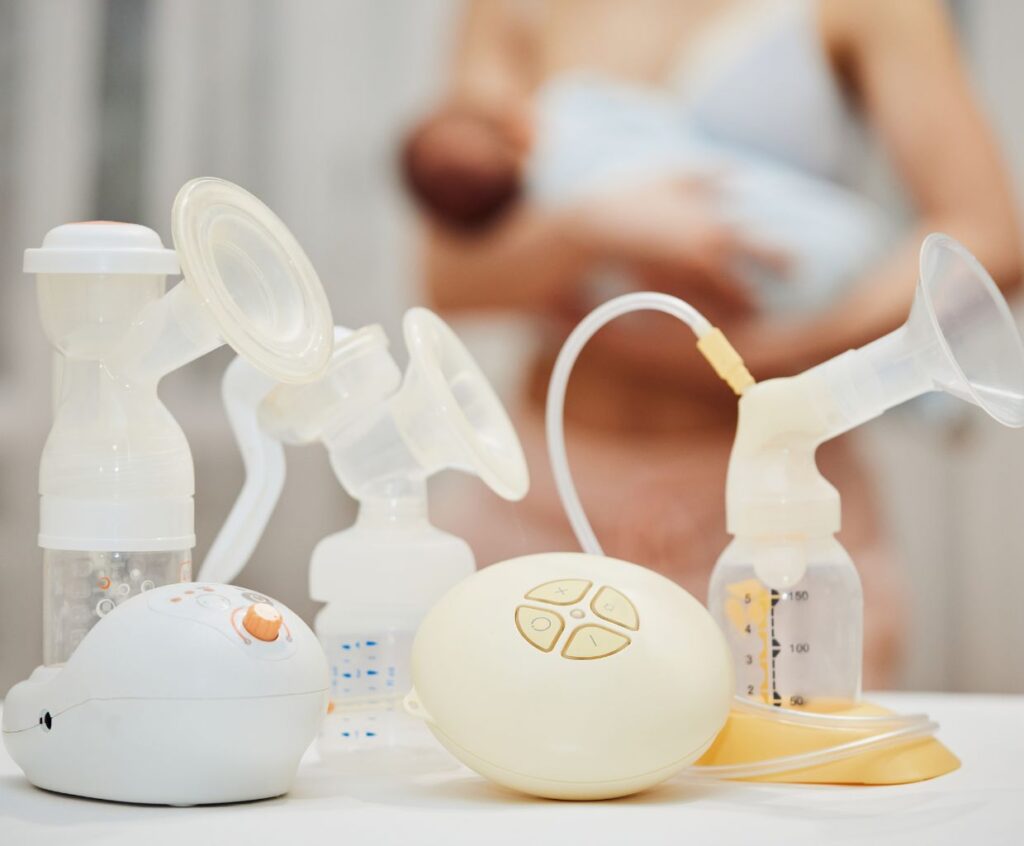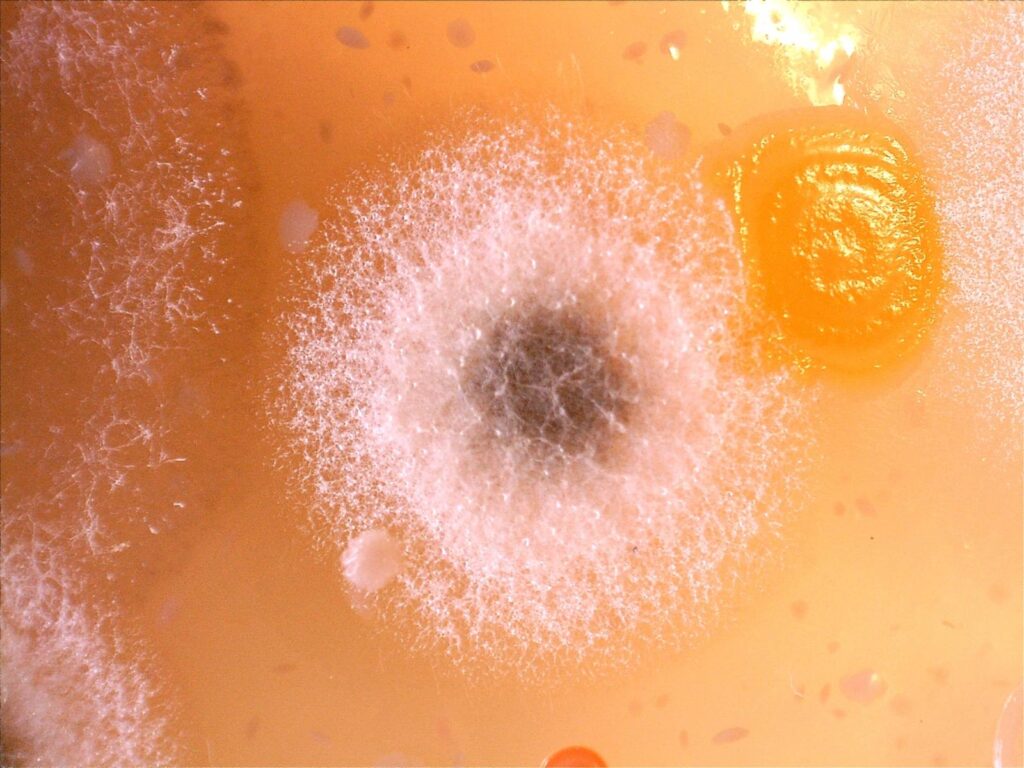What to do with Mold in Breast Pump Tubing
Dealing with mold in breast pump tubing can be an unpleasant experience for any breastfeeding mother. It is essential to address this issue promptly to ensure your and your baby’s health and safety.
This article will provide some practical tips and guidance on handling mold in breast pump tubing effectively.
Why Does Mold Occur?
Mold can grow in breast pump tubing due to the presence of moisture. When milk residue or moisture is left inside the tubing after pumping, it creates an ideal environment for mold to thrive. This can pose a risk to your health and contaminate the breast milk, potentially causing health issues for your baby.
Steps to Remove Mold from Breast Pump Tubing
-
- Disassemble the Pump: Start by disconnecting the tubing from the breast pump and other associated parts. Make sure you follow the manufacturer’s instructions for safe disassembly.
- Inspect the Tubing: Check the tubing for any visible signs of mold. If you notice any black, green, or brown spots, mold has likely developed.
- Prepare a Cleaning Solution: Create a mixture of equal parts water and white vinegar, or use a specialized breast pump cleaning solution. This will effectively kill the mold and prevent its future growth.
- Soak the Tubing: Submerge the tubing in the cleaning solution and let it soak for at least 30 minutes. This will help loosen any mold residue present inside the tubing.
- Scrub and Rinse: After soaking, use a small brush or pipe cleaner to scrub the inside of the tubing gently. Ensure you reach all the crevices and corners. Once done, rinse the tubing thoroughly with warm water to remove any cleaning solution residue.
- Dry Thoroughly: After rinsing, hang the tubing in a clean and dry area to air dry completely. Ensure no moisture is left, as it can encourage mold growth.
- Reassemble and Test: Once the tubing is completely dry, reassemble it according to the manufacturer’s instructions. Before using it again, run the pump for a few minutes to ensure no leaks or residual mold.
Preventative Measures
To prevent mold from recurring in your breast pump tubing, it is essential to follow these simple preventative measures:
-
- Thoroughly Clean After Each Use: After every pumping session, disassemble the pump and clean all the parts, including the tubing, with warm soapy water. Rinse and air dry thoroughly before storage.
-
- Store Appropriately: Store the pump and tubing in a clean and dry place, away from areas prone to moisture or humidity.
-
- Regularly Inspect and Replace: Inspect the tubing for any signs of wear and tear. Replace it if you notice any cracks, discoloration, or damage that could inhibit proper cleaning or encourage mold growth.
-
- Follow Manufacturer’s Recommendations: Always refer to the manufacturer’s instructions for your specific breast pump model to ensure proper cleaning and maintenance.
You can maintain a safe and hygienic breastfeeding experience for you and your baby by proactively preventing mold growth and promptly addressing any signs of mold.
Are there any preventive measures or tips to avoid mold growth in breast pump tubing
Yes, here are some preventive measures and tips to avoid mold growth in breast pump tubing:
1. Clean and sanitize the breast pump parts regularly, including the tubing. Follow the manufacturer’s instructions for cleaning and sterilizing.
2. After each use, rinse the tubing with warm water to remove any milk residue.
3. Allow the tubing to air dry completely before storing it. Hang it up or lay it flat in a clean area.
4. Avoid storing wet tubing in a closed container or plastic bag, as this can promote mold growth. Instead, store it in a clean, dry place.
5. Inspect the tubing regularly for any signs of mold or discoloration. If you notice any, replace the tubing immediately.
6. Consider using a tubing brush to clean the inside of the tubing, especially if you notice any milk residue or buildup.
7. If possible, use a closed-system breast pump that prevents milk from entering the tubing, as this can reduce the risk of mold growth.
8. If you have concerns about mold growth, consult with a lactation consultant or the manufacturer of your breast pump for additional guidance and tips specific to your pump model.
How can I effectively remove mold from breast pump tubing?
Removing mold from breast pump tubing can be a bit tricky, but here are some practical steps you can take:
1. Disassemble the breast pump: Take apart all the parts of your breast pump, including the tubing. Do this carefully and remember how to reassemble it correctly later.
2. Rinse with hot water: Rinse the tubing to remove any visible mold or debris. Avoid using boiling water, as it can damage the tubing.
3. Soak in vinegar solution: Fill a bowl or basin with a mixture of equal parts distilled white vinegar and water. Submerge the tubing in this solution and let it soak for at least 30 minutes. Vinegar is known for its mold-killing properties.
4. Scrub with a brush: After soaking, use a small bottle brush or a toothbrush to scrub the inside of the tubing. Pay special attention to any areas with visible mold. Be gentle yet thorough to ensure you remove all the mold.
5. Rinse with hot water: After scrubbing, thoroughly rinse the tubing to remove any remaining vinegar residue.
6. Air dry completely: Hang the tubing up or lay it flat to air dry completely. Make sure it is scorched before reassembling your breast pump.
7. Sterilize: After the tubing is dry, sterilize it according to the manufacturer’s instructions. This step helps kill any remaining germs or bacteria.
8. Reassemble and test: Reassemble your breast pump and run a test to ensure everything works properly.
Remember, prevention is critical to avoiding mold growth in the future. After each use, always thoroughly dry your breast pump parts and store them in a clean, dry place.


